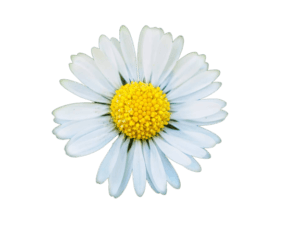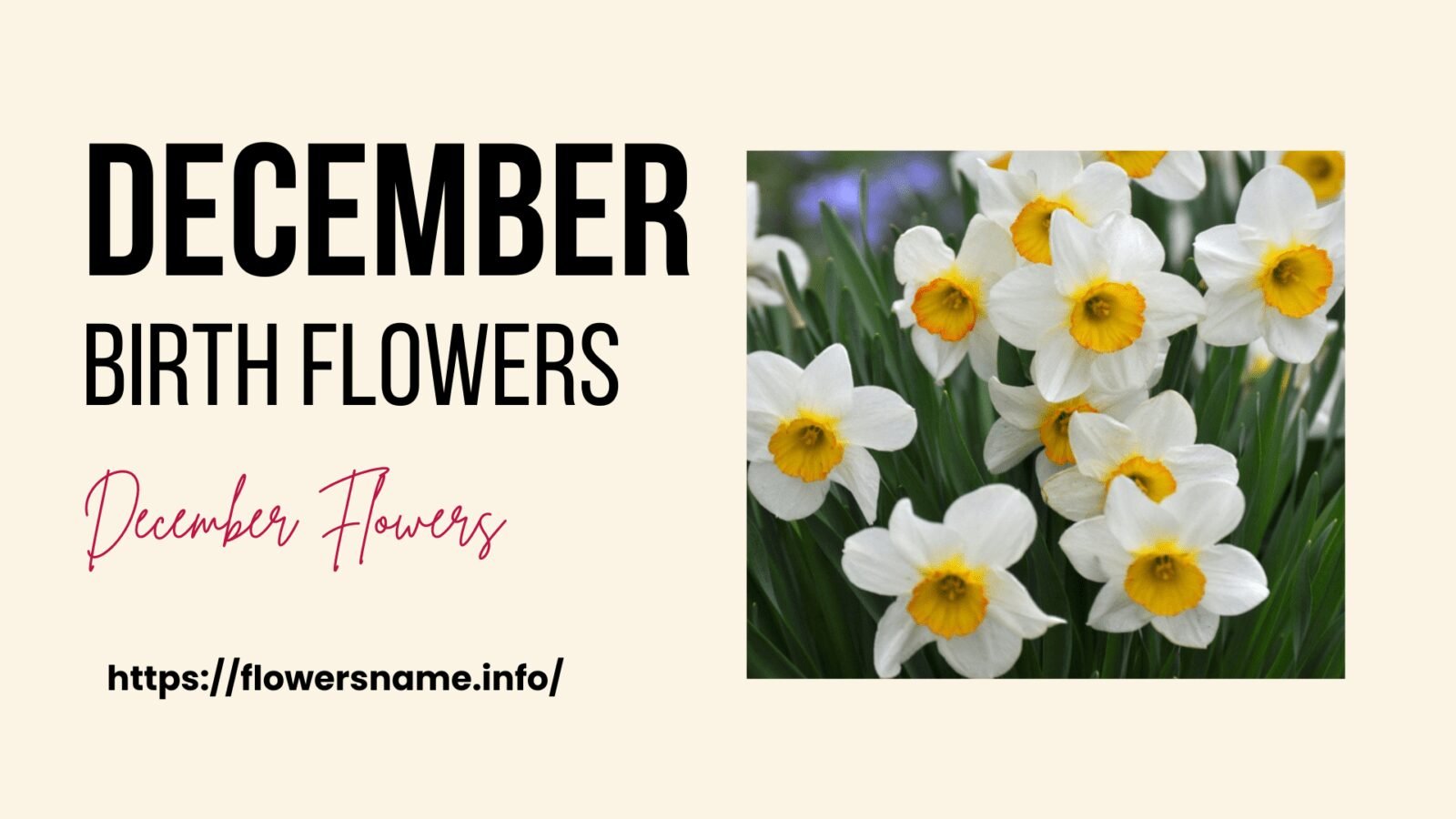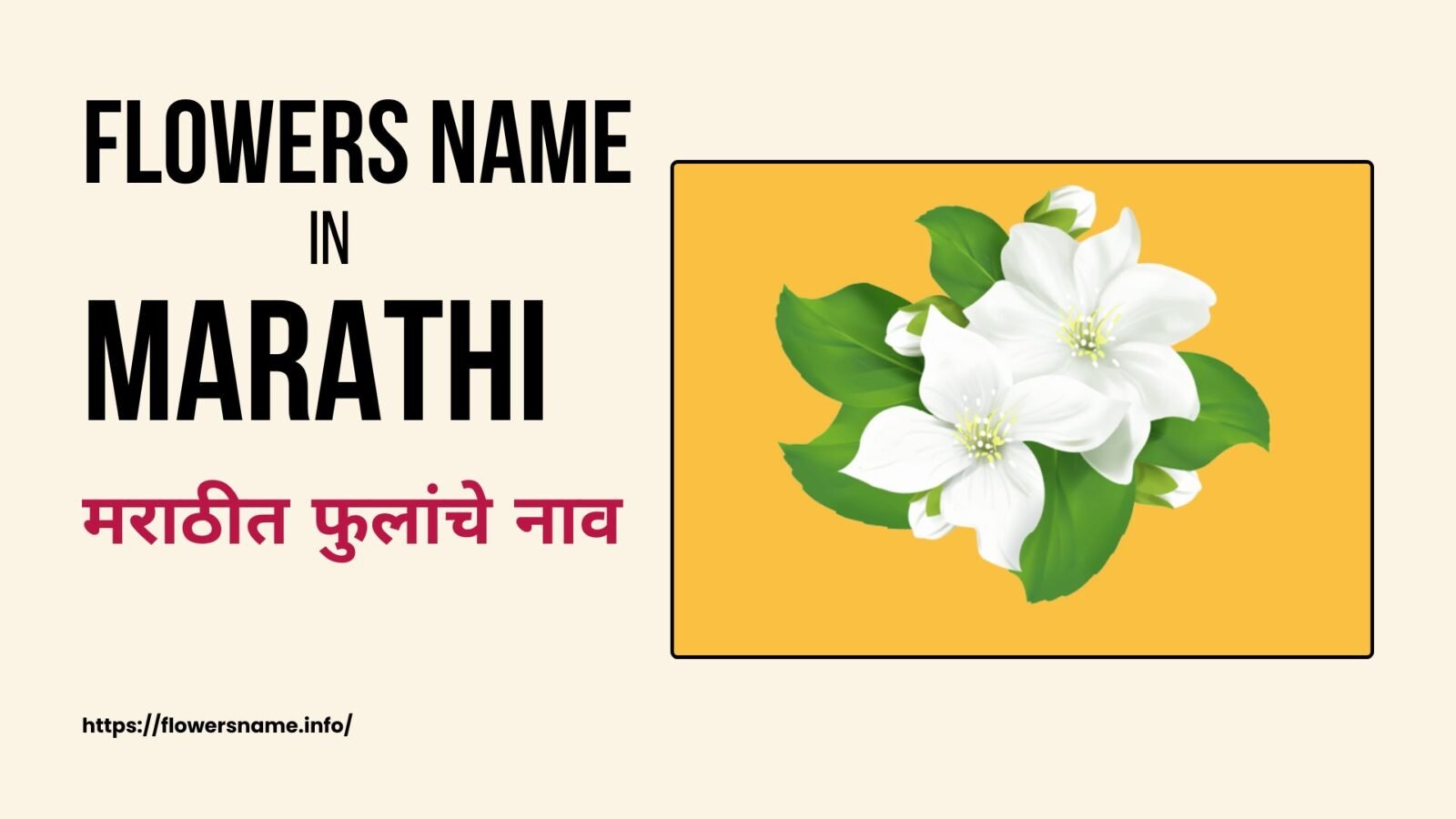The April birth flower is the daisy and the sweet pea. The daisy is a symbol of innocence, purity, and new beginnings, while the sweet pea represents happiness, pleasure, and appreciation.
April Birth Flower
Daisy and the Sweet Pea Both flowers are popular for their delicate beauty and lovely fragrances, making them a favorite for many occasions, from weddings to birthdays. If you were born in April, you can celebrate your birth month by incorporating these beautiful flowers into your home decor or gifting them to someone special.
Daisy
 Daisy is a common name for a variety of flowers in the family Asteraceae, which includes over 23,000 species. The most well-known daisy is the Bellis perennis, also known as the common daisy or English daisy, which is native to Europe and has become naturalized in many other regions around the world. The daisy typically has a white or yellow center, surrounded by long, thin petals that can be pink, white, or other colors depending on the species.
Daisy is a common name for a variety of flowers in the family Asteraceae, which includes over 23,000 species. The most well-known daisy is the Bellis perennis, also known as the common daisy or English daisy, which is native to Europe and has become naturalized in many other regions around the world. The daisy typically has a white or yellow center, surrounded by long, thin petals that can be pink, white, or other colors depending on the species.
Daisies are often used as ornamental plants in gardens and are also used in herbal medicine for their purported health benefits. In addition to their beauty and medicinal uses, daisies are also used in folklore and mythology, often symbolizing innocence, purity, and new beginnings. Not only are daisies beautiful to look at, but they also have a rich history and many cultural significances. In this article, we will explore the wonders of the daisy flower.
Related: May Birth Flower
The History of Daisy Flowers
The name “daisy” is derived from the Old English word “daes eage,” which means “day’s eye.” This name was given to the flower because it opens its petals during the day and closes them at night, just like an eye. Daisies have been revered throughout history for their beauty and symbolism. In ancient times, the flower was believed to be a symbol of the sun and was often associated with love and purity. In the Middle Ages, daisies were used to make medicinal remedies for everything from digestive issues to the plague.
Types of Daisy Flowers
There are many different types of daisy flowers, each with its unique characteristics.
The most common type is the Bellis perennis, also known as the English daisy. This flower has white or pink petals with a yellow center and is often used in floral arrangements.
Another popular type is the Chrysanthemum, which comes in a wide variety of colors and shapes. Other types of daisy flowers include the Gerbera daisy, Shasta daisy, and African daisy.
Daisy Flowers in Literature and Culture
Daisy flowers have been referenced in many famous works of literature, including William Shakespeare’s “A Midsummer Night’s Dream” and John Keats’ “Ode to a Nightingale.” In these works, the flower is often used as a symbol of love and purity. In addition to literature, daisy flowers have also played a significant role in various cultures. In Norse mythology, the daisy was associated with the goddess Freya, who was the goddess of love, fertility, and war. In some cultures, the daisy is also seen as a symbol of innocence and childhood.
How to Grow Daisy Flowers
Growing daisy flowers is relatively easy, making them a popular choice for both novice and experienced gardeners. These flowers thrive in full sunlight and well-drained soil. They should be watered regularly but not overwatered, as this can lead to root rot. Deadheading, or removing spent flowers, can help promote new growth and extend the blooming period. Daisies can also be propagated through seeds or by dividing mature plants.
Conclusion
Daisy flowers are a beautiful and beloved flower with a rich history and cultural significance. With their vibrant colors and charming appearance, they make a perfect addition to any garden or landscape. Whether you’re a seasoned gardener or just starting, daisy flowers are easy to grow and maintain, making them an excellent choice for any level of expertise. So why not add some daisy flowers to your garden and enjoy their beauty and charm year-round?
Sweet Pea
 Sweet peas are a delicate and fragrant flower that is beloved by gardeners and flower enthusiasts alike. This annual flower is a member of the Fabaceae family and is native to the Mediterranean region. Sweet peas come in a wide range of colors, from soft pastels to vibrant shades, and their sweet fragrance makes them a popular choice for cut flower arrangements. In this article, we will explore the wonders of sweet pea flowers.
Sweet peas are a delicate and fragrant flower that is beloved by gardeners and flower enthusiasts alike. This annual flower is a member of the Fabaceae family and is native to the Mediterranean region. Sweet peas come in a wide range of colors, from soft pastels to vibrant shades, and their sweet fragrance makes them a popular choice for cut flower arrangements. In this article, we will explore the wonders of sweet pea flowers.
The History of Sweet Peas
Sweet peas have been cultivated for their beauty and fragrance for over 300 years. The first sweet pea varieties were developed in the 17th century by a Sicilian monk named Francisco Cupani. These original sweet peas had small, highly fragrant flowers that were deep blue-purple in color. Over time, sweet peas were bred to produce larger flowers and a wider range of colors. Today, there are thousands of sweet pea varieties available, each with its unique characteristics.
Types of Sweet Peas
Sweet peas come in many different types, each with its unique characteristics. The most popular types are the heirloom sweet peas, which are grown from seeds that have been passed down for generations. These sweet peas are highly fragrant and have a delicate appearance, with small, ruffled flowers. Other types of sweet peas include the Spencer sweet peas, which have larger flowers and longer stems, making them ideal for cut flower arrangements. The grandiflora sweet peas have large, showy flowers, and the multiflora sweet peas have clusters of smaller flowers on each stem.
Sweet Peas in Literature and Culture
Sweet peas have been referenced in literature and culture for centuries. In the Victorian era, sweet peas were a popular flower, and they were often used in bouquets to express love and admiration. In the language of flowers, sweet peas are said to represent delicate or blissful pleasure. Sweet peas have also been referenced in many famous works of literature, including E.M. Forster’s “A Room with a View” and Vita Sackville-West’s “All Passion Spent.”
How to Grow Sweet Peas
Growing sweet peas is relatively easy, making them a popular choice for gardeners of all levels of expertise. Sweet peas prefer cool, moist conditions, so they should be planted in the early spring or fall. They should be grown in full sun to partial shade and in well-drained soil. Sweet peas should be watered regularly, but care should be taken not to overwater them, as this can lead to root rot. To promote strong growth and blooming, sweet peas should be fertilized regularly and deadheaded as needed.
Conclusion
Sweet peas are a beautiful and fragrant flower that is beloved by gardeners and flower enthusiasts alike. With their delicate appearance and sweet fragrance, they make a perfect addition to any garden or cut flower arrangement. Whether you’re a seasoned gardener or just starting, sweet peas are easy to grow and maintain, making them an excellent choice for any level of expertise. So why not add some sweet peas to your garden and enjoy their beauty and fragrance year-round?
Comparisons Between Daisy and Sweet Pea
Daisies and sweet peas are two popular types of flowers that are often used in gardens, bouquets, and floral arrangements. Although they are both beautiful in their way, they differ in several aspects. In this article, we will compare daisies and sweet peas to help you decide which one is the best choice for your garden or next floral project.
Appearance and Characteristics
Daisies are members of the Asteraceae family and are known for their distinctive yellow center and white petals. However, they also come in other colors, including pink, red, and purple. Daisies are hardy flowers that can withstand a wide range of temperatures and growing conditions. They typically bloom in the summer and fall and can reach heights of up to 3 feet.
Sweet peas, on the other hand, are members of the Fabaceae family and are known for their delicate appearance and sweet fragrance. They come in a wide range of colors, from soft pastels to vibrant shades, and their flowers are larger than daisies. Sweet peas are an annual flower that typically blooms in the spring and summer and can reach heights of up to 8 feet.
Growing Conditions
Daisies are easy to grow and maintain, making them a popular choice for gardeners of all levels of expertise. They prefer full sun and well-drained soil and can be grown from seeds or transplants. Daisies require regular watering, especially during the summer months, but care should be taken not to overwater them, as this can lead to root rot.
Sweet peas require cooler temperatures and moist soil, making them a bit more challenging to grow than daisies. They should be planted in the early spring or fall and require full sun to partial shade. Sweet peas should be watered regularly, but care should be taken not to overwater them, as this can lead to root rot.
Uses
Both daisies and sweet peas are popular choices for cut flower arrangements, but they differ in their use. Daisies are often used in casual or rustic arrangements, while sweet peas are used in more elegant or romantic arrangements. Daisies are also popular in wildflower gardens or as borders, while sweet peas are often grown on trellises or in containers.
Conclusion
In conclusion, both daisies and sweet peas are beautiful flowers that can add a touch of beauty and fragrance to any garden or floral arrangement. Daisies are hardy and easy-to-grow flower that is perfect for beginners or those looking for a low-maintenance option. Sweet peas, on the other hand, require a bit more care and attention but offer a delicate appearance and sweet fragrance that is hard to resist. Ultimately, the choice between daisies and sweet peas will depend on your personal preferences and the growing conditions in your area.







